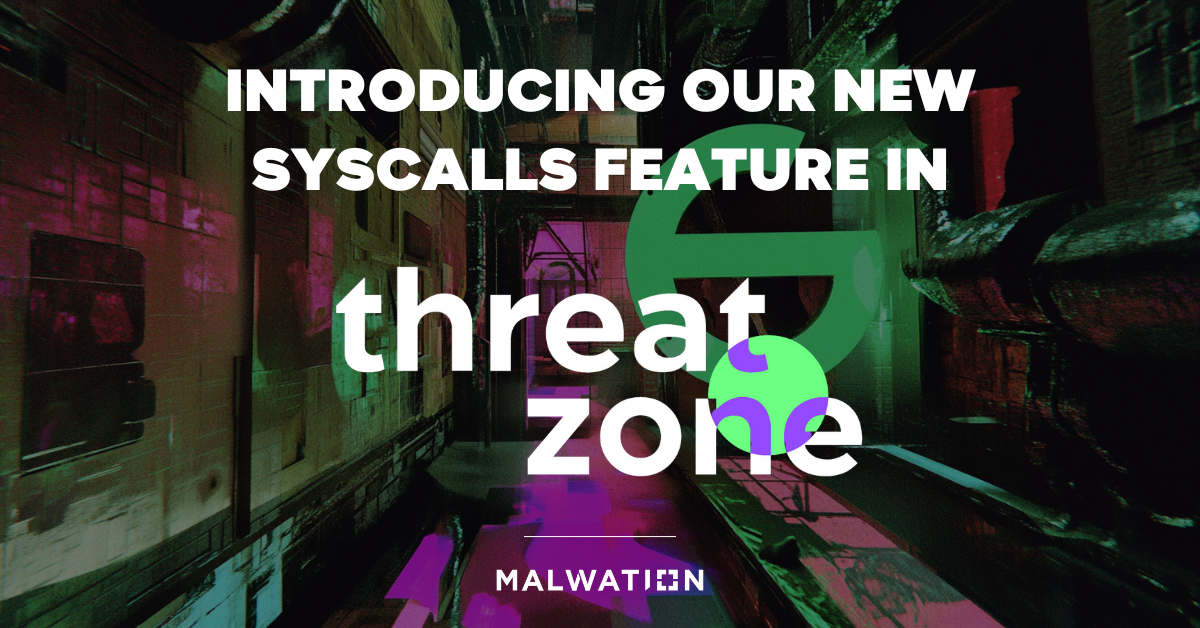
Overcome the Detection Challenges of EDR and Antivirus Tools with Malwation CDR

Malware attacks have become increasingly sophisticated, leaving organizations vulnerable to data breaches, financial loss, and reputational damage. To combat this rising threat, businesses heavily rely on Endpoint Detection and Response (EDR) and antivirus tools. However, these tools face certain detection problems that can be addressed by leveraging the power of Content Disarm and Reconstruction (CDR) technology.
In this blog post, we will explore the challenges faced by EDR and antivirus tools in detecting malware attacks and the value of supporting them with CDR tools.
The Challenges of EDR and Antivirus Tools
Signature-based Detection Limitations
Traditional antivirus tools employ signature-based detection techniques, which rely on identifying known patterns of malware. However, this approach falls short against new and rapidly mutating malware strains that can easily bypass signature-based detection. Cybercriminals continuously create polymorphic and metamorphic malware, making it difficult for EDR and antivirus tools to keep up.
Zero-day Vulnerabilities
Zero-day vulnerabilities are security flaws unknown to the software vendor or security community. These vulnerabilities offer attackers a valuable advantage, as they can exploit them before antivirus vendors develop detection mechanisms. EDR tools, while effective at detecting known threats, often struggle to identify zero-day attacks, leaving organizations exposed to new and emerging threats.
Advanced Evasion Techniques
Malware authors are adept at employing sophisticated evasion techniques to avoid detection. They use encryption, obfuscation, and packing to conceal the malicious code and bypass the scanning capabilities of EDR and antivirus tools. These evasion techniques enable malware to remain undetected and infiltrate targeted systems, resulting in potential data exfiltration and system compromise.
Fileless Malware
Fileless malware is a particularly insidious form of attack that doesn’t rely on traditional file-based execution. Instead, it resides in the computer’s memory or leverages legitimate system processes, making it challenging to detect using traditional EDR and antivirus tools. This technique allows attackers to carry out malicious activities without leaving any traces on the infected system’s hard drive, increasing the difficulty of detection.
The Role of Content Disarm and Reconstruction (CDR) Tools
To overcome the detection challenges posed by malware attacks, organizations should consider bolstering their cybersecurity defenses with Content Disarm and Reconstruction (CDR) tools. Here is an example Microsoft Powerpoint File (.ppt) which was reported to be malicious by 23 Antiviruses and yet not detected by 36 others.

Instead of relying on the detection performance of the AV, CDR technology takes a proactive approach to malware prevention, focusing on sanitizing files by removing potentially malicious code or content without any detection. By disassembling and reconstructing files to ensure their safety, CDR tools neutralize potential threats, rendering them harmless.

While the original file is being inspected by the analysts, the sterilized file is brought into the system preventing any delays in operations due to lack of the file and also providing secure network traffic at the same time.
The Value of Supporting EDR and Antivirus Tools with CDR
As a technology to prevent file-borne threats, CDR is mostly used in high file traffic areas such as E-Mail Gateways, Web applications that allow users to upload files, and common file storage areas.
For example, the accounting department has been sent an Excel file that the e-mail security product has marked as suspicious. Malwation CDR located between the e-mail gateway and Office 365, will separate the suspicious file from the body, sanitize it and send the sterile file to the user’s inbox within milliseconds. While the suspicious file is sent to the sandbox for detailed analysis, CDR will be the last fortress in the e-mail flow.
Complementary Defense
CDR technology complements EDR and antivirus tools by providing an additional layer of defense against unknown and emerging threats. By sanitizing files at the entry point, CDR mitigates the risk of malicious code evading detection, effectively reducing the attack surface and strengthening the overall cybersecurity posture.
Prevention over Detection
While EDR and antivirus tools primarily focus on detection and remediation, CDR tools prioritize prevention. By proactively sanitizing files, CDR minimizes the likelihood of successful attacks, thus significantly reducing the impact of potential data breaches and system compromises.
Streamlined Incident Response
Incorporating CDR tools into the cybersecurity framework streamlines incident response efforts. As CDR eliminates threats at the earliest stage, the number of security alerts and false positives decreases. This allows security teams to allocate their resources more efficiently, investigating and responding to genuine threats promptly.
To Conclude…
As the cybersecurity landscape evolves, EDR and antivirus tools face persistent challenges in detecting malware attacks. Signature-based detection limitations, zero-day vulnerabilities, advanced evasion techniques, and file-less malware all pose significant threats. However, organizations can fortify their defenses by leveraging the power of Content Disarm and
Reconstruction (CDR) technology. CDR tools provide a proactive, preventive approach to neutralize potential threats, complementing EDR and antivirus tools. By adopting a comprehensive cybersecurity strategy that integrates these technologies, organizations can enhance their resilience against the ever-evolving threat landscape and safeguard their critical assets from malware attacks.
If you like to learn more about CDR technologies or try it on your own systems, send an email to info@malwation.com and we will reach out at the earliest convenience.





